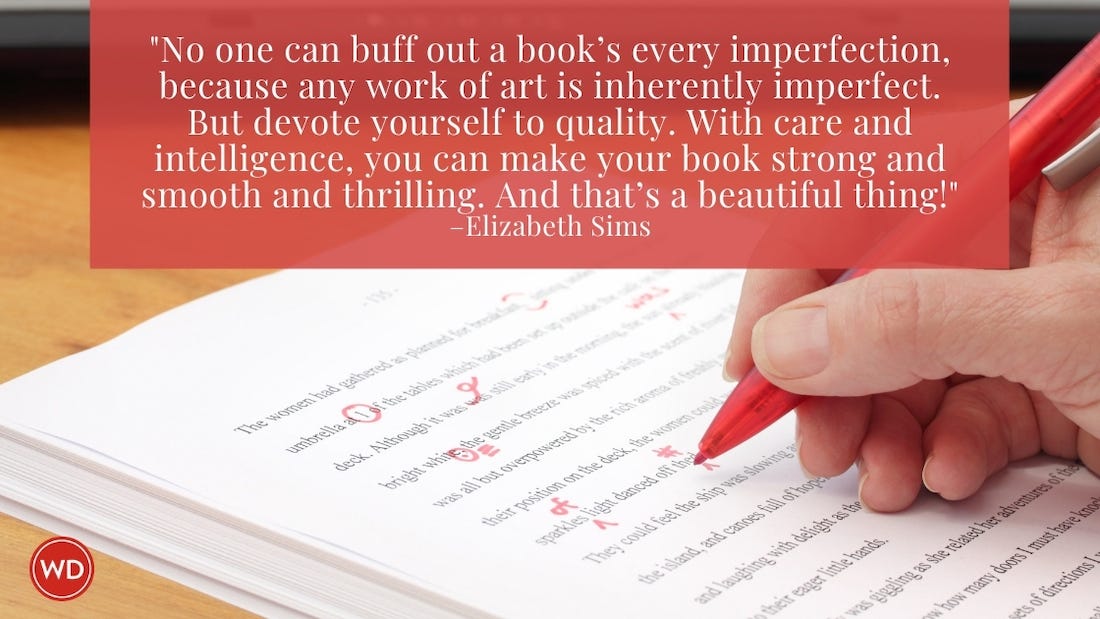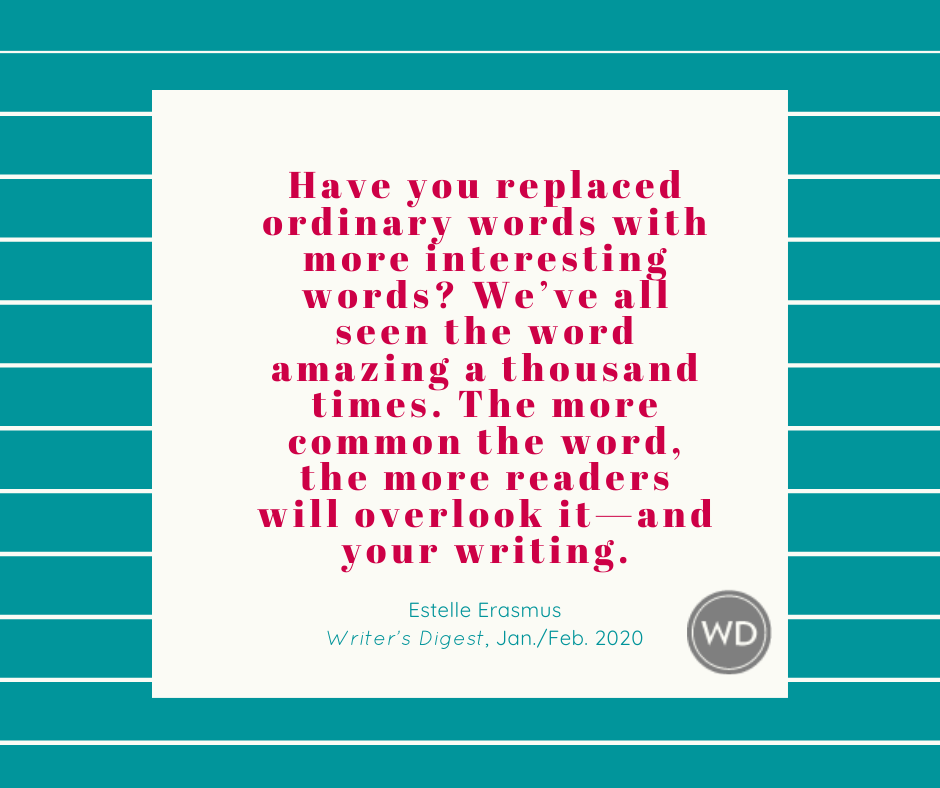Nonfiction: Avoid the Poison Pen
“What if I don’t want to offend anybody?” As a teacher of first-person writing who has published three provocative memoirs that my family hates, I’m often asked this question. It’s a conundrum for all authors. The great novelist E.L. Doctorow once told me there were stories he wouldn’t publish until certain relatives died—and he writes fiction! by Susan Shapiro
“What if I don’t want to offend anybody?”
As a teacher of first-person writing who has published three provocative memoirs that my family hates, I’m often asked this question. It’s a conundrum for all authors. The great novelist E.L. Doctorow once told me there were stories he wouldn’t publish until certain relatives died—and he writes fiction!
I love Joan Didion’s line, “A writer’s always selling somebody out,” and joked, in my last author’s note, “Some names and identifying characteristics of people portrayed in this book have been obscured so they won’t divorce, disown, hate, kill or sue me.” But seriously, there are techniques to keep the sparks but soften your strokes and thus avoid lawsuits, loathing and the loss of jobs, spouses and friendships.
1. GET IT DOWN FIRST. Many aspiring scribes freak out, stress out and make themselves insane with fear before they’ve written one word. Preliminary agony is unnecessary because most personal narratives suck. If yours sucks, nobody will buy it. So do the work before you worry. You’ll only have a problem if your story’s spectacular. If you’re blogging for free, don’t post venomous pages about a breakup without first getting feedback from someone with a more rational outlook and a legal degree.
2. FORGET THE POPULARITY CONTEST. If your main goal is to be nice, write cookbooks. Or switch professions. A good journalist has to be cynical, and being accused of “cranking out PR fluff” is a major insult. You have a right to tell your story in your voice. To clarify your goals, envision your New York Times obituary. Do you want to be called an acclaimed, sardonic author known for revealing brutal, candid truths—or a really nice insurance salesman? (Oh yeah, if you’re a really nice insurance salesman, you probably won’t get a New York Times obit.)
3. CHARACTER STUDY. Sometimes it’s appropriate—or necessary—to show your soon-to-be published work to the real-life versions of those you depicted. Before my student Helaine Olen’s essay (about firing her nanny after reading her sex-filled blog) ran in The New York Times “Modern Love” column, the editor showed it to the nanny. The blogsphere eventually went batty, but Olen’s veracity passed muster and it ran as written.
Although I usually keep my work private before it sees print, I shared an early draft of my memoir Lighting Up with the addiction specialist at the book’s center. He asked that I change his name and two minor details (which I did) and he corrected an addiction theory I’d misquoted. When I showed an editor the galley of my recent book about my mentors, she asked me to remove two insignificant details I wasn’t even aware could have led to lawsuits.
4. CONSIDER DISGUISING, CUTTING OR TONING DOWN THE CONTROVERSIAL PART. Personal pieces are about you—not others. When Jeff, a 30-year-old pupil, confessed in his gut-wrenching essay that an acquaintance had sexually abused him as a teenager, his father insisted he turn down the editor of Newsweek’s “My Turn” column. I suggested Jeff delete the three lines that mentioned his parents, making it Jeff’s story alone. The essay ran and his father subsequently apologized, admitting he felt guilty that he’d done nothing to stop the abuse. Ultimately, he told Jeff that printing that story was courageous. Dad just didn’t want to be mentioned and deletion was an easy solution.
5. CONSULT A THERAPIST/ADVISER/MENTOR. A married New York University student chronicling a secret love affair she was having wanted the name of a Marie Claire editor. Instead, I suggested a shrink. While I applaud ambition and often repeat my therapist’s mantra “Lead the least secretive life you can” as a rationalization for my career, you have to be clear on your motives. Rage, revenge and/or humiliation aren’t good reasons for publication, especially in an age of Google and Internet notoriety where you may never be able to retract it. If your mate, children, parents or employer might be mortified, decide whether the potential press and money is worth the pain you could cause to your family and yourself.
6. FACT CHECK. The Random House lawyer who vetted my memoirs explained that to win a lawsuit, the plaintiff must prove the nonfiction writer lied with malice, and show the damages. If you have proof of your accuracy, there’s no case. Luckily I save pictures, articles, diary entries, letters and printed e-mails that substantiate my memories. It pays to be a packrat.
7. MIX HONEY WITH VINEGAR. I wrote that my father is “a chain-smoking oncologist,” but also noted that he was brilliant and handsome. Perhaps calling my mother “a domestic goddess” and “a cross between Lucille Ball and Ava Gardner” helped her forgive me for revealing she was “an overfeeder.” Here’s the deal: If the major players in your prose are just jerks, then you come off like a jerk for caring about them. If your portraits are interesting, intelligent and complex, so are you. The recent bestsellers Them and The Glass Castle were particularly savvy in depicting three-dimensional parents without forfeiting the child narrator’s pain and poignancy.
8. QUESTION, CHALLENGE AND TRASH YOURSELF MOST. Nobody wants to read a victimized kvetch about all the bad things bad people did to you. Taking a big part of the blame makes your work more compelling and less likely to incite loathing and legal action.
9. TURN TO FICTION. Most short stories and novels are somewhat autobiographical. Yet according to Knopf editor Deborah Garrison, “A novel that’s merely autobiographical is a great disappointment, but a memoir that reads like a novel is a great surprise.” So to fictionalize, don’t just change names. Fully dramatize your story. Add a triple murder, a suicide, a plane crash that didn’t happen or a tornado. Put all of your characters on drugs, like the reverse of James Frey (who just switched to novel writing). Fiction means it’s not true, so falsifying more can’t get you in trouble with Oprah.
10. BE PATIENT. I was 41, married and self-supporting when my first hardcover came out, and that was probably good timing. Once you’ve finished writing, hold the ink until you’re ready—psychologically or financially—for the fallout. Or decide not to publish at all. Or wait until the inspiration for a specific character croaks.
Related Links
The Don'ts of Writing Nonfiction
[Exercises]
1. LIST YOUR MOTIVATIONS FOR PUBLISHING. If it’s revenge, redemption or making tons of money, rethink your decision.
2. READ OVER YOUR WORK and ask yourself how you’d feel if this was published about you.
3. SHOW YOUR PAGES TO A LAWYER and ask if they see anything litigious.
4. SHOW YOUR WORK TO YOUR MATE, parents or child and ask, “Will you still speak to me if this sees print?” If they say no, then ask, “What can I do to fix it?”
5. READ YOUR FAVORITE MEMOIRS and underline passages about similar relatives or exes that you’re writing about. Examine how they pulled it off.
6. LIST A FEW GOOD TRAITS about the person you’re trashing.
Susan Shapiro, a long-time writing professor, is the author most recently of the writing guide The Byline Bible, the memoir The Forgiveness Tour and the coauthored American Shield. You can follow her on Instagram or visit her website.






